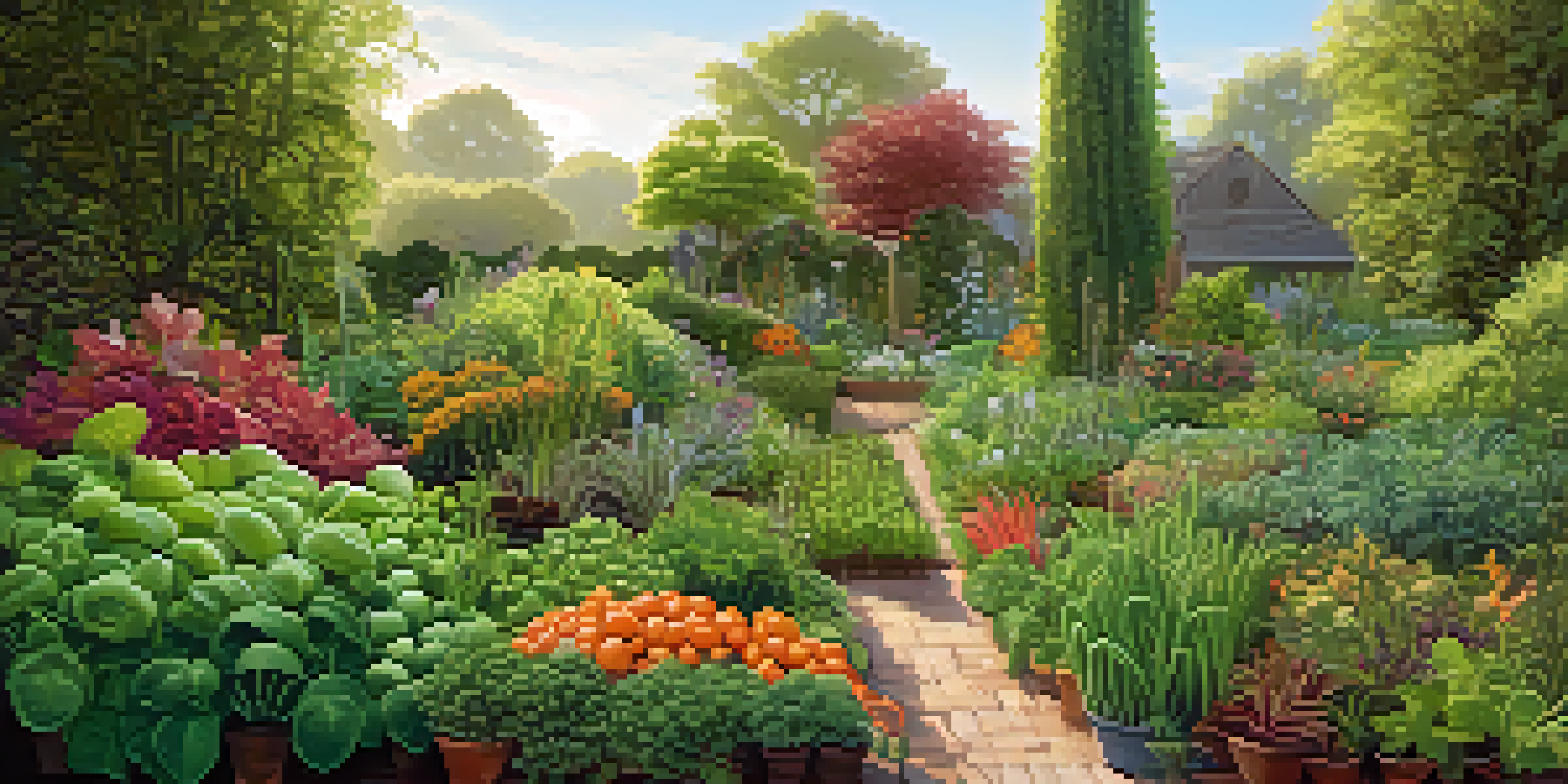Cold Climate Companion Planting: What Works Best Together

Understanding Companion Planting in Cold Climates
Companion planting involves growing different plants together for mutual benefits, such as pest control and improved growth. In cold climates, this practice can be particularly effective due to shorter growing seasons. By selecting the right plant pairings, gardeners can maximize their yields and create a more resilient garden ecosystem.
Why Cold Climate Gardening Requires Special Consideration
Gardening in cold climates comes with unique challenges, such as frost and a limited growing period. These factors necessitate careful planning and the selection of hardy plants. Understanding your local climate and frost dates can help you choose the right companions that will thrive alongside each other despite the cooler temperatures.
Soil Health is Essential for Success
Healthy soil supports diverse root structures and nutrient uptake, which is crucial for thriving gardens in harsh conditions.
Best Companion Plants for Cool Weather Vegetables
Certain vegetables flourish in cooler conditions and benefit from specific companions. For instance, planting peas alongside carrots can help deter pests while enhancing growth. This pairing not only maximizes space but also takes advantage of the nutrients available in the soil, creating a win-win for your garden.
Herbs That Thrive with Cold Climate Plants
Herbs can be fantastic companions in cold climate gardens, adding both flavor and pest-repelling properties. For example, growing basil with tomatoes can enhance the tomatoes’ flavor and deter pests. Additionally, herbs like chives can help prevent aphids, making them great partners for many vegetable crops.
Companion Planting Maximizes Yields
Growing compatible plants together can enhance growth and pest control, especially in cold climates with shorter growing seasons.
Flowers That Support Cold Climate Gardens
Incorporating flowers into your cold climate garden can provide more than just beauty; they can attract beneficial insects and pollinators. Marigolds are well-known for repelling nematodes and can be planted alongside vegetables for protection. By adding colorful blooms to your garden, you not only enhance visual appeal but also promote biodiversity.
The Role of Soil Health in Companion Planting
Healthy soil is the foundation of any successful garden, especially in colder climates where conditions can be harsh. Companion planting can improve soil health by encouraging diverse root structures and nutrient uptake. For example, deep-rooted plants can help break up compacted soil, making it easier for other plants to thrive.
Timing is Key for Cold Climate Gardening
Understanding the optimal planting times and staggering sowing can lead to a continuous harvest despite the challenges of cold weather.
Timing and Planting Strategies for Cold Climates
Timing is crucial when planning your companion planting in cold climates. Early spring is typically when you want to start planting cold-hardy crops. By understanding the growth habits of your plants and staggering their sowing times, you can create a continuous harvest throughout the season.
Tips for Successful Companion Planting in Cold Climates
To ensure a thriving companion planting experience, start with a solid plan that considers each plant's needs. Regular monitoring for pests and diseases is essential in colder gardens, as conditions can change rapidly. Finally, don't hesitate to experiment with different pairings; gardening is as much about learning as it is about growing!